Transforming live workshops into online courses can feel like a daunting task. You might wonder how to capture the energy of your in-person sessions and translate that into a digital format. You’re not alone in feeling this way—many have faced similar challenges when venturing into the online education space.
But guess what? If you stick around, you’ll discover a straightforward process that will help you make this transformation smoother than you think. By following a few essential steps, you can create engaging online courses that resonate with your audience just like your live workshops did.
From analyzing your content to gathering learner feedback, we’ll cover everything you need to set up a successful online course. Ready to dive in and bring your workshops to the virtual world? Let’s get started!
Key Takeaways
- Analyze your workshop content to identify core concepts and break it into digestible modules for online learners.
- Select the right design framework and tools like Moodle or Thinkific to organize your course effectively.
- Structure your course format clearly, whether linear or flexible, and use microlearning techniques for easier comprehension.
- Create a prototype and gather feedback from beta testers to refine user experience and content clarity.
- Add interactive features like quizzes and discussion boards to boost engagement and motivation.
- Record sessions for students to revisit topics and routinely gather learner feedback for improvements.
- Continuously update your course content and teaching methods to enhance learning outcomes and stay current.

Transform Live Workshops into Online Courses Effectively
Turning your live workshops into online courses is a fantastic way to reach more people and extend your impact.
Online learning has been found to produce better results, with students in this environment often showing modestly improved performance compared to traditional methods.
If you’re looking to make this transition, understanding your content and adapting your material will be key steps to consider.
Step 1: Analyze Your Workshop Content
Before anything else, take a step back and evaluate what you’ve been teaching in your workshops.
Look at the core concepts that resonate with your audience, and identify which parts are essential for the online format.
Breaking your content into bite-sized modules can make it more digestible for online learners.
For instance, if your workshop on digital marketing includes a segment on social media strategies, consider isolating that into a dedicated module with its own resources.
Also, review any feedback you’ve received to see what content was most engaging or useful.
Step 2: Select the Right Design Framework and Tools
Choosing the right design framework is crucial for creating an engaging online course.
Think about the layout you want, whether it’s a more structured format or a flexible, self-paced approach.
Tools like Moodle or Thinkific are great for building your course framework—they offer user-friendly interfaces to get you started.
Make sure to also consider multimedia elements like videos and interactive quizzes to enhance learning, as studies show that learners retain more when engaged with varied formats.
For video creation, tools such as Camtasia or ScreenFlow can help you produce professional-looking content without needing to be a tech wizard.

Step 3: Structure Your Online Course Format
Structuring your online course is essential for clarity and learner satisfaction.
Decide whether to go for a linear progression, where each module builds on the last, or a more flexible format allowing students to choose their path.
Consider using microlearning techniques, breaking information into short, focused segments that are easier to digest.
Also, think about how to incorporate assessments at key points to measure understanding.
Keep in mind that an effective way to layout your course is by designing a clear syllabus that outlines each module, objectives, and timelines.
Step 4: Create and Test a Course Prototype
Before launching your course, it’s wise to create a prototype.
Gather a small group of beta testers who reflect your target audience to provide feedback.
Testing the course gives you insight into user experience and content clarity.
Pay attention to navigation, pacing, and engagement levels in your prototype.
Don’t hesitate to make adjustments based on their feedback. Their real-world input can help refine the course significantly.
Step 5: Add Interactive Features for Engagement
Interactivity can greatly enhance the learning experience.
Incorporate quizzes, polls, and discussion boards to stimulate participation.
Gamification elements, such as badges for completing modules, can motivate learners and make the experience fun.
Tools like Google Forms or Kahoot can be great for creating quizzes.
Furthermore, consider using collaborative tools like Padlet for group projects or feedback sessions.
Step 6: Record Sessions and Gather Learner Feedback
Recording your sessions can be beneficial for both you and your students.
It allows learners to revisit complex topics and enhances retention rates, ultimately contributing positively to learning outcomes.
After your course has run for a while, conduct surveys to gather learner feedback.
Questions can focus on content, delivery, and user experience to help highlight areas for improvement.
Feedback is crucial as it provides the insights needed to understand whether your learners are achieving desirable outcomes.
Step 7: Enhance Your Online Course for Better Learning
Once you’re up and running, continuous improvement is key.
Regularly update your course content to reflect the latest trends and information in your field.
Engage your students through periodic live Q&A sessions to deepen their understanding.
Implementing a feedback loop also helps—solicit ongoing input and apply changes as needed.
Online courses can benefit from the latest educational strategies, so staying informed about effective teaching techniques is vital. Check out effective teaching strategies to boost your course’s performance.
Conclusion: Embrace Continuous Improvement in Online Courses
Transforming live workshops into online courses is an ongoing journey, not a one-time event.
Regular analysis and enhancement of your content and teaching methods are essential for success.
Consider that students learn better in a supportive, engaging environment, as evidenced by research showing that online learning effective outcomes exceed face-to-face instruction.
Remember, your adaptability can open doors to a broader audience, so embrace the evolution of online education.
For more insights on course creation and engagement, explore course launch tips that might suit your needs.
FAQs
Start by reviewing workshop materials, feedback, and participant interactions. Identify key topics, learning objectives, and audience needs to ensure your online course meets the same educational goals.
Consider popular frameworks like ADDIE or SAM, which provide structured approaches for instructional design. Choose tools that enhance user experience and allow for seamless integration of multimedia content.
Incorporate interactive features such as quizzes, discussion forums, and group activities. Use multimedia resources like videos and infographics to maintain interest and cater to different learning styles.
Focus on usability, content flow, and learner interactions. Gather feedback on the prototype’s clarity and effectiveness, and make adjustments based on user experiences to enhance the final course.
